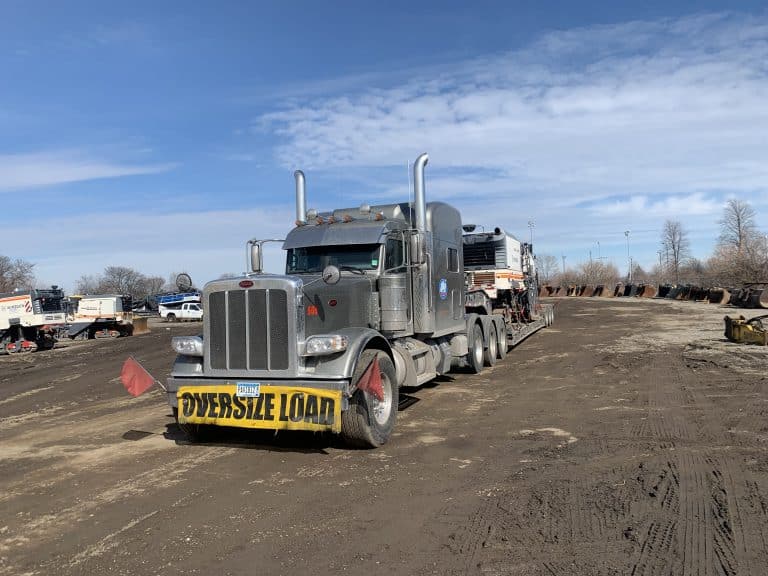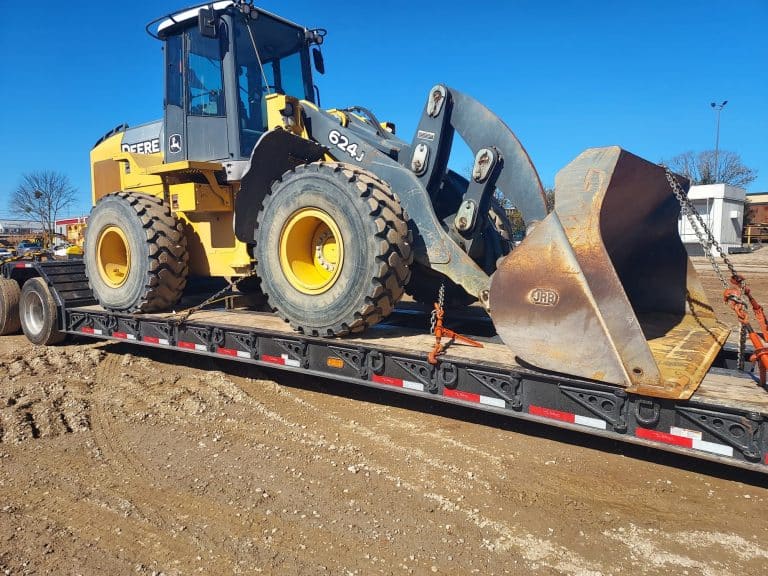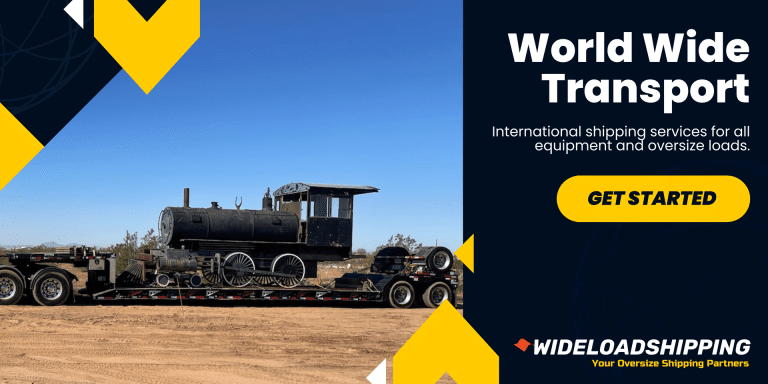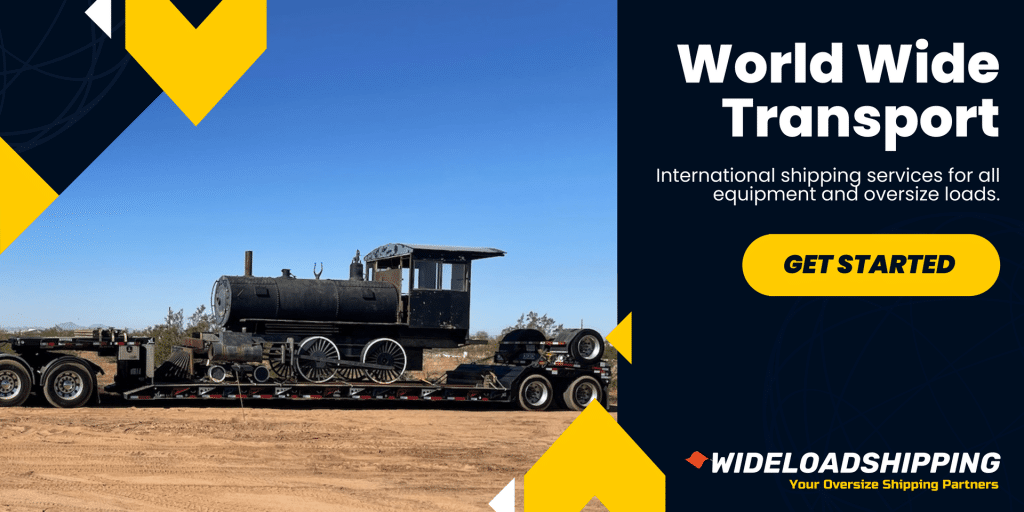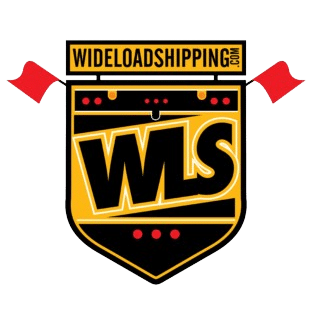2024 Washington Winter Frost/Spring Thaw Laws and Seasonal Weight Restrictions
WSDOT reserves the right to implement load and speed restrictions during conditions such as freeze-thaw, where normal traffic could potentially damage the roadway. On westbound I-82, between mileposts 32-33, lane closures may occur outside the hours of 11 am to 7 pm from Monday to Thursday and 7 am to 7 pm on Fridays. Additionally, shoulder closures for eastbound and westbound traffic may occur at times. Emergency Load Restrictions are applied to any road with untreated pavement layers (base course and subgrade) that are supersaturated and unstable. Severe Emergency Load Restrictions are specific to roads with insufficient surfacing depth to resist subgrade swell pressure or those surfaced with a thin bituminous treatment. When necessary, the road is posted with appropriate signs, Commercial Vehicle Services is notified, and courtesy notices are provided to principal road users.
Washington Winter Travel Times
Running hours and holiday restrictions permit movement from one-half hour before sunrise to one-half hour after sunset, including Saturdays and Sundays. Vehicles and loads not exceeding 12 feet in width, 14 feet 6 inches in height, and 105 feet long, with legal overhangs, may operate at night on weekdays with proper lighting according to Federal Regulations (49 CFR 393.11). Curfew restrictions for Monday through Friday in Seattle-Everett, Tacoma, Olympia, Vancouver, and Kelso are detailed in the Commuter Curfew Hours sheet accompanying permits. State highway movement is restricted on New Year’s Day, Memorial Day, Independence Day, Labor Day, Thanksgiving, and Christmas, starting at noon on the day preceding these holidays.
Washington Oversized Load Signs and Lights
For oversized loads, “Oversize Load” signs are mandatory and must be placed at the front of the tractor 5 feet from ground level or as high as practicable. The sign must also be at the vehicle’s rear, measuring 7 feet in length and 18 inches in height, with black lettering at least 10 inches high on a yellow background. Flag requirements dictate that flags must be displayed on all four corners of overwidth loads and at the extreme ends of protrusions, projections, or overhangs. When night movement is allowed, loads extending beyond the sides of the vehicle must have amber lights visible from the front and side at the outermost extremities. The projecting load’s rearmost edge(s) must be marked with a red lamp visible from the rear and side.
See also:
